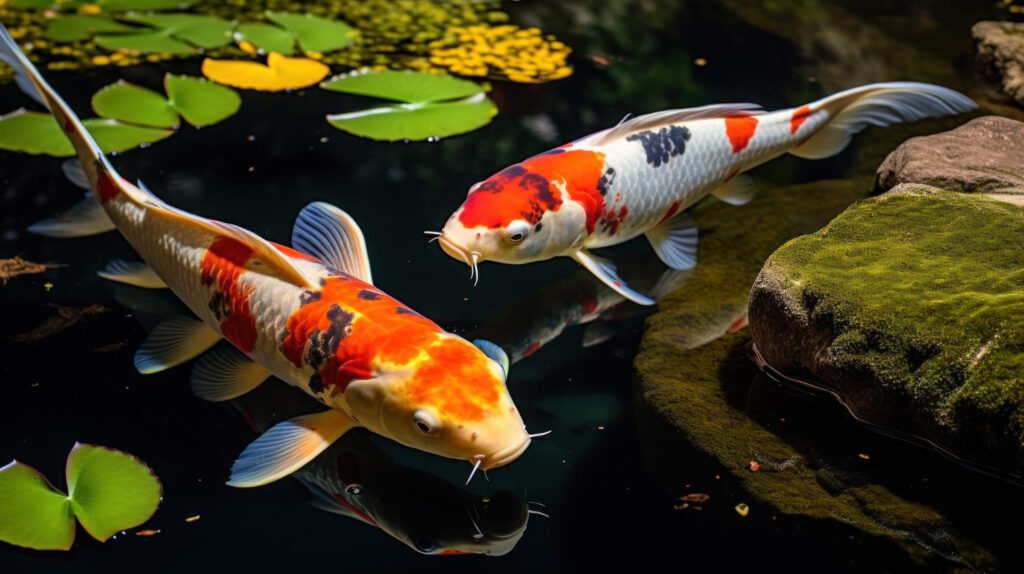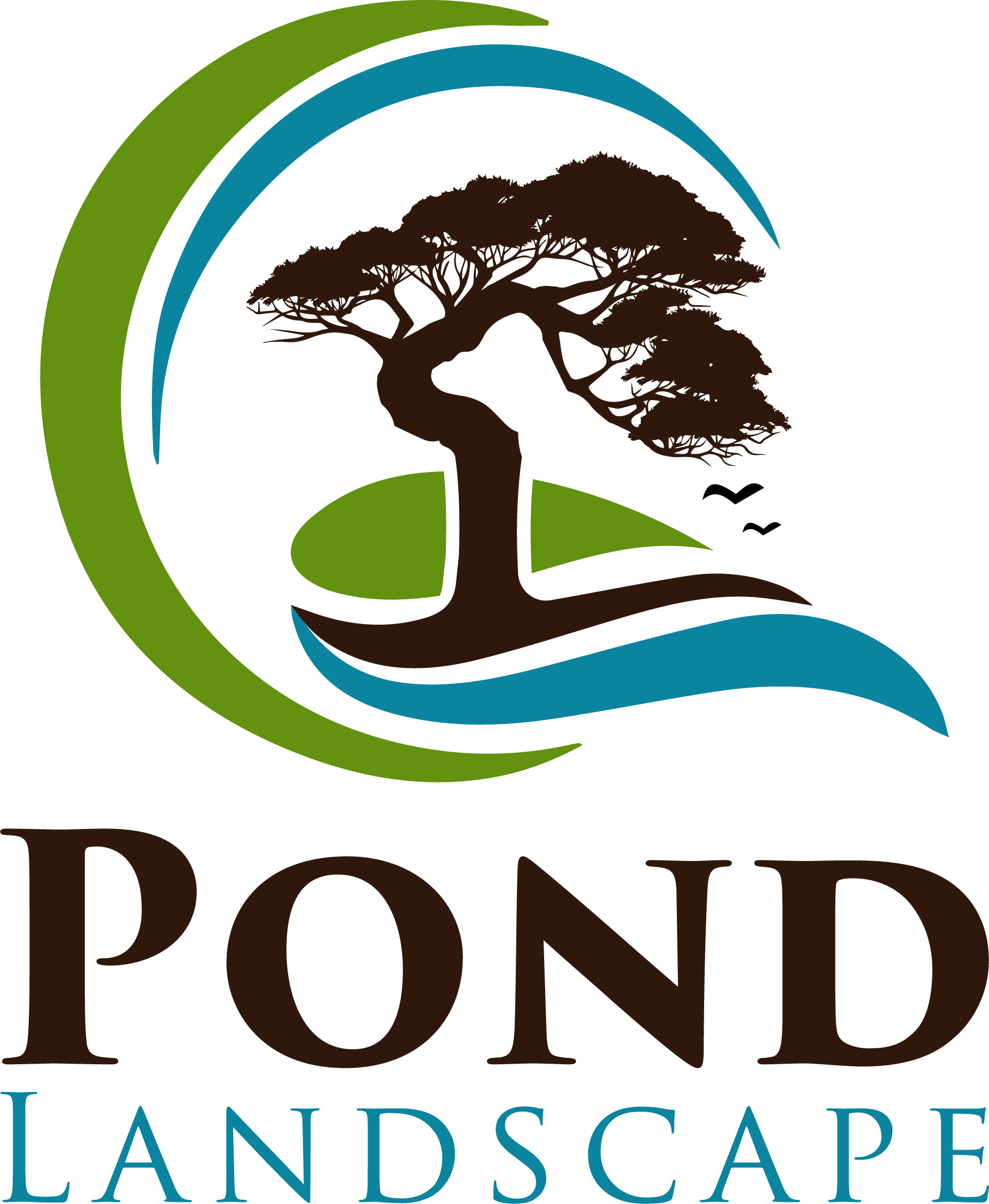
When crafting a serene haven for koi fish within your garden, integrating natural elements plays a pivotal role in creating an environment that mimics their natural habitat. The incorporation of these elements not only enhances the aesthetic appeal but also contributes to the overall well-being of the fish. Below are essential natural elements to consider in your koi pond design:
Rocks and Stones
Enhance the visual appeal and mimic natural streambeds by strategically placing rocks and stones around the pond’s perimeter. These elements not only provide hiding spots for the koi but also serve as beneficial surfaces for algae growth, which aids in maintaining water quality.
Substrate
Incorporating a natural substrate such as sand or gravel at the bottom of the pond not only adds to the aesthetics but also promotes the growth of beneficial bacteria. These bacteria play a crucial role in breaking down organic waste, thus keeping the water clean and healthy for the koi.
Aquatic Plants
Introducing a variety of aquatic plants, such as water lilies, lotus, and floating plants, not only adds beauty but also serves functional purposes. Plants provide shade, oxygenate the water, and offer additional hiding places for the koi, promoting their natural behaviors.
Wood and Logs
Including driftwood or logs in the pond design adds a rustic charm while providing shelter and refuge for the koi. These elements create microhabitats within the pond, encouraging exploration and fostering a diverse ecosystem.
Natural Filtration
Incorporating natural filtration systems like bog filters or wetland areas can enhance water quality by removing excess nutrients and pollutants. These filtration methods utilize aquatic plants and beneficial bacteria to purify the water, creating a balanced ecosystem for the koi.
By thoughtfully integrating these natural elements into your koi pond design, you can create a harmonious environment that not only showcases the beauty of these majestic fish but also fosters their health and well-being in a manner reminiscent of their natural habitat.
Last modified: 14 March, 2024

